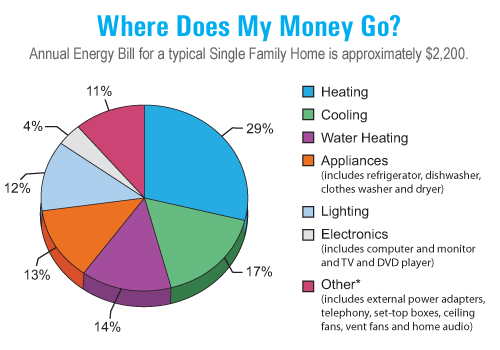 IBM's gone green. Well, actually big blue is going green. In an announcement released today, August 2, 2007 IBM announced its plan to reduce IT costs by 40% through the savings of $250 million in energy, hardware and services by consolidating thousands of servers into 30 system Z computers.
IBM's gone green. Well, actually big blue is going green. In an announcement released today, August 2, 2007 IBM announced its plan to reduce IT costs by 40% through the savings of $250 million in energy, hardware and services by consolidating thousands of servers into 30 system Z computers.
This consolidated environment will use 80% less energy, reduce floorspace requirements (thousands of servers sitting in ~ 1000 racks in raised floor air-conditioned data centers) and otherwise improve the effectiveness of IBM's own internal computing services in support of its business. IT consolidation is something that IBM has been big about for some time. They've been consolidating IT leadership and many other services for the past decade:
| Feature | 1997 | 2007 |
| CIOs | 128 | 1 |
| Host data centers | 155 | 7 |
| Web hosting centers | 80 | 5 |
| Network | 31 | 1 |
| Applications | 15,000 | 4,700 |
Leveraging virtualization technology on the system s, the implementation delivers:
- higher availability
- higher stability
- centralized service level process management
- faster provisioning of new services and applications
- dynamic allocation of compute power
- World-class application security
How is this going to be done?
It's a project – so, they have project management in place. Every one of the 8,500 servers identified are qualified. They'll focus on the biggest savings first (stranded infrastructures for example), lowest utilizations, applications with compelling events (hardware refresh, software upgrade), aggregate by customers, oldest technology first and in terms of freeing up contiguous raised floor space.
Comments
Awesome project idea. My friends and I have always talked about a pendulum in industries where things are centralized, then decentralized, then re-centralized. This is a re-centralization. IBM has the most to gain with this approach since they have the mainframe architecture (system z) in place, while the other guys (HP, Dell) fight it out for the server units. This leverages IBM's classic direct sales teams by creating an enterprise-wide view of power, utilization and management.
This is as big as the beginning of the IBM Global Services operation in the early 1990s. IBM is showing the case for consolidation, providing the services people who have done that, and now productizing it like no other competitor could. This is a game-changing event for the enterprise computing market since it tilts the playing field to IBM product and services, while the competition lacks both the product and the services experience.
What CIO wouldn't say – yes, let's save 40%? In fact, I'd argue that IBM wants the CFO and CEO to ask the CIO exactly this.











